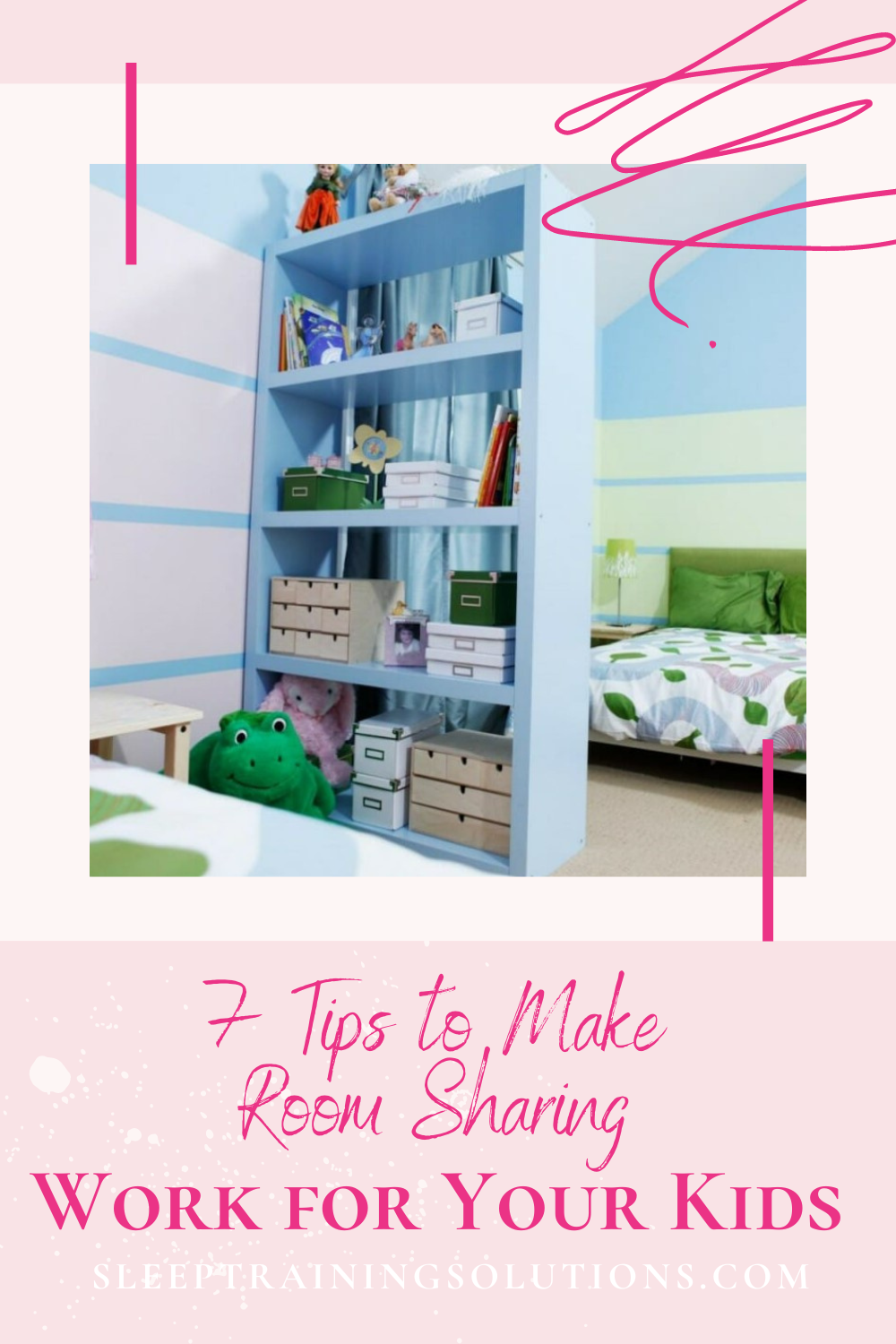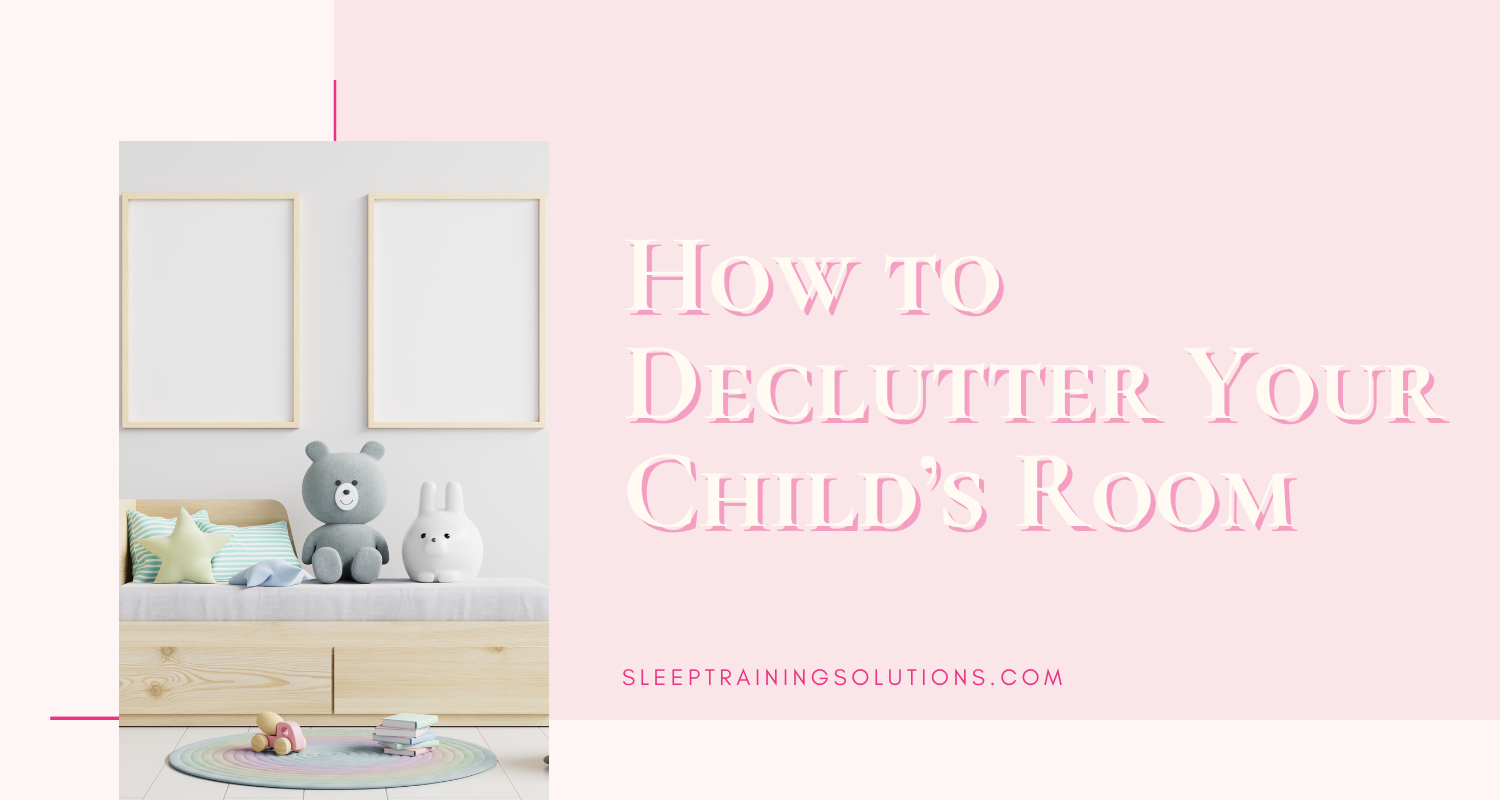7 Tips to Make Room Sharing Work for Your Kids
Room sharing has come up a lot lately – primarily when families welcome baby #2 (or #3) into the family or downsize into a smaller home. And some parents choose to have their kids share a room for other reasons…
Here are the most often mentioned reasons FOR room sharing:
time for bonding/closer relationship
often gives older child a sense of responsibility to set a good example for younger child
frees up extra bedroom as a guest room or office
And these are some of the arguments AGAINST room sharing:
may be difficult based on age, sleep schedule and temperament
no place to go when they – as older children – want to be by themselves
poses a decorating challenge (!)
I’m certainly not going to say one is better than the other because every situation is unique!
But parents always ask: how do we make the transition as painless as possible?
Of course it depends on the ages of the kids – moving a baby in with a preschooler is a much different experience than having a 5 and 7 year old together – but here are some tips that are pretty universal for all age groups:
1. Stagger bedtimes
I always suggest putting the younger child to bed first (unless your baby is old enough that you’ve taught him/her healthy sleep habits and baby isn’t fussing and protesting before bed). Then you can have quiet time reading with your older child for a few minutes until the baby is asleep.
If your baby can settle fairly easily (and quickly), and you want them on the same schedule, my best advice is to make sure that baby isn’t getting overtired stretching to your older child’s bedtime. This works best when the preschooler has dropped the nap, and needs an earlier bedtime.
2. Separate for naps
I’ve seen naptime in a room sharing situations turn quickly into a dance-off. And then you’re the bad guy breaking up the party! Anticipate that they’ll be more interested in playing or talking with each other and have one nap in a different bedroom.
When your preschooler is having quiet time and the baby is napping, you’ll also want to give your preschooler a separate space to look at books in another bedroom.
3. Explain expectations
Unless your kiddos were born super close together, you likely have a baby and older toddler/preschooler or a toddler/preschooler and older child. Make sure to talk about what you expect at bedtime with your older child (and your younger child if age appropriate).
I met with a family a few months ago who brought me in to help with extended bedtimes – the older child (who was 5) and his little sister (3.5) would start goofing off after the parents put them to bed and shut the door. I asked why they did that and the son explained to me that his parents never told them they couldn’t jump on the beds after lights out. Lesson learned: Seems so obvious, but never assume they know what’s in your head – clearly spell out that you expect them to lay quietly and fall asleep after lights out, and stay in their rooms until morning.
4. White noise
I’m a big fan of white noise, especially in room sharing situations – you want to muffle any night time sounds whether they’re in the bedroom (coughing), the rest of the house (one parent walking down the creaky hallway at 5am on the way to work) or outside the house (ambulance, barking dog, thunder storm).
5. Separation and Privacy
This comes into play more for the older kids, but I suggest having some spaces in the room that belong to each of them – separate dressers (or separate drawers in the same dresser), bookshelves, corners where they put their books, etc. Of course if they’re relatively close in age (within 3 years), they’ll likely be playing with similar toys and reading some of the same books, but I’ve found that kids want something to call their own. They want to have some control over their space. I don’t think that’s a bad thing.
For older kids, putting up a partition – like a bookcase – is a great idea to add extra storage and create defined personal space in the bedroom.
Especially with older kids, teaching them to respect each others’ space is a great lesson. Just as we would knock on a closed bedroom door before going in, teach your room-sharing kids to ask first before hopping on the other sibling’s bed or reading a special book.
6. Keep toys in the bedroom to a minimum
I know this is a hard one when you’re in a 2 bedroom place, because space is at a premium. But having lots of fun distractions in the room – and a playmate ready and willing – can make settling down and falling asleep much more difficult. Best to either keep toys in the family room or in the closet…or at least out of site in bins under the bed!
7. Rename the bedroom
If you’re moving another child in with his or her sibling, make sure to call it their bedroom now. If it’s always been Sarah’s bedroom and now Grace is moving in, make sure to refer to it as “the girls’ room” or “Sarah and Grace’s room”. Once they’re past the early toddler stage, they’ll notice – and you don’t want the new roommate to feel like a guest in his or her new room!
Photo credit: HGTV.com
Related Posts:
This post is for informational purposes only and may not be the best fit for you, your child and/or your personal situation. It shall not be construed as medical advice. The information and education provided here is not intended or implied to supplement or replace professional medical treatment, advice, and/or diagnosis. Always check with your child’s physician or medical professional before trying or implementing any information read here.





